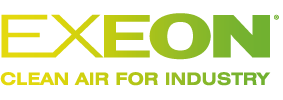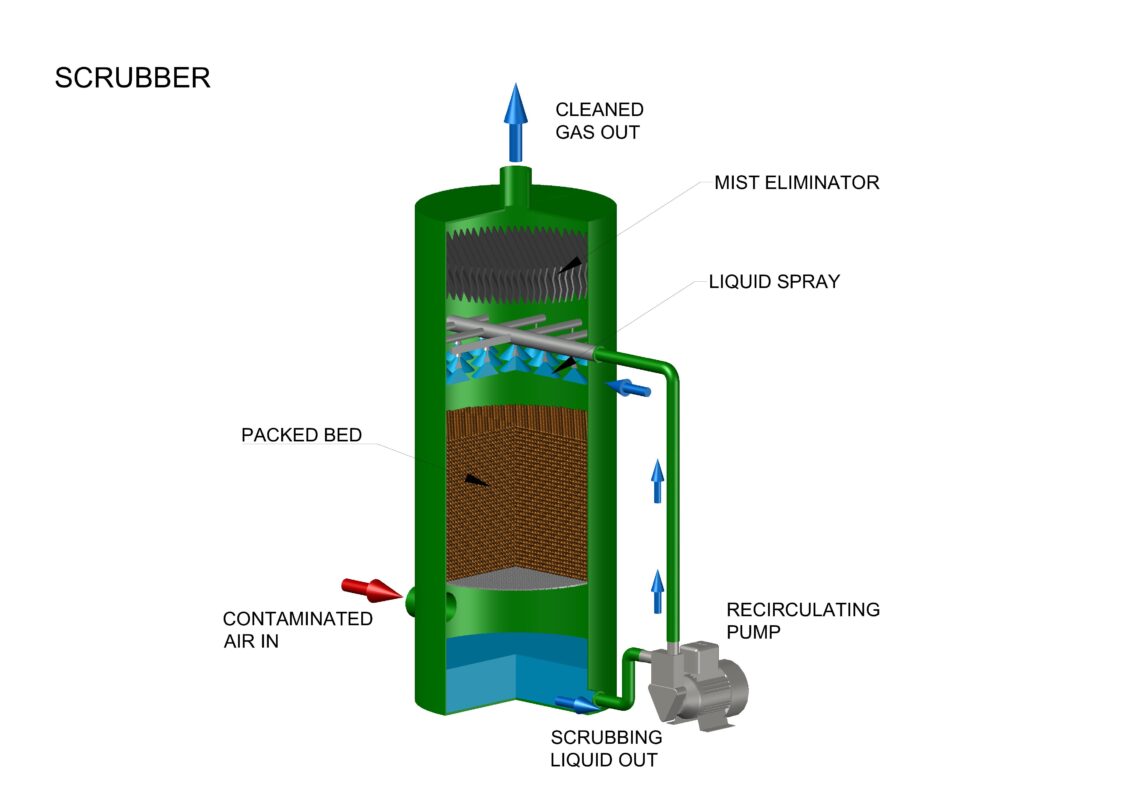Exeon provide a range of wet scrubbers, designed to reduce concentrations of chemicals/pollutants on discharge airflows to meet required emission levels.
They remove contaminants from a gas stream by passing the contaminant airstream through a packed structure with a scrubbing liquor injected to absorb the contaminant.
They are essentially showers where the contaminant airstream is washed by the recirculating liquid in order to absorb the pollutants.






